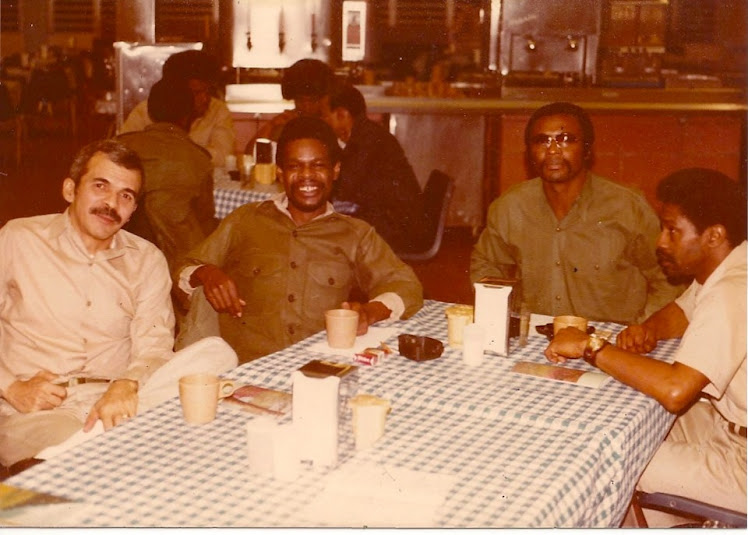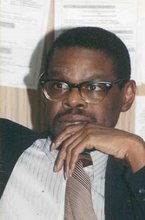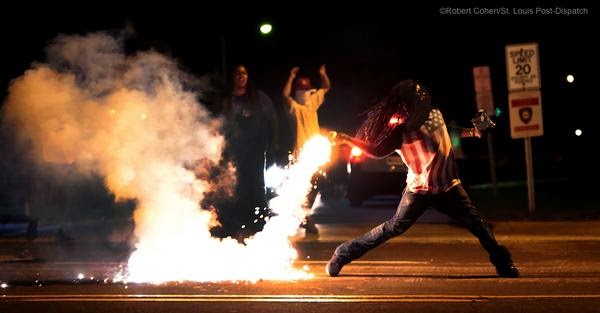By Eddie Griffin
Monday, July 14, 2008
Marshall, Texas
Marshall, founded in 1841, was the county seat of Harrison County. It was political and production center of the Confederacy during the Civil War, and was a major railroad center of the T&P Railroad from the late 19th century until the mid-20th century.
The Republic of Texas decided to choose the site of land granted by Peter Whetstone and Isaac Van Zandt.
The establishment of several "colleges"— schools offering little more than secondary education—earned Marshall the nickname the Athens of Texas, in reference to the ancient Greek city state. The city's growing importance was confirmed when Marshall was linked by a telegraph line to New Orleans, becoming the first city in Texas to have a telegraph service.
By 1860 the city was the fourth largest city in Texas and the richest, The county had more slaves than any other in the state, making it a hotbed of anti-Union sentiment. When Gov. Sam Houston refused to take an oath of allegiance to the Confederacy, Marshall's Edward Clark was sworn in as governor. Marshall would also produce Texas's third Confederate governor, Pendleton Murrah. Marshall became a major Confederate city; producing gunpowder and other supplies for the Confederate Army.
The city also became the capital of Missouri's Confederate government-in-exile. political and production center of the Confederacy during the Civil War, and was a major railroad center of the T&P Railroad from the late 19th century until the mid-20th century. It was nicknamed the City of Seven Flags, in allegiance to the flag of Missouri, although only six flags had flown over the rest of the state. She became known as the Athens of Texas.
Marshall became the seat of civil authority and headquarters of the Trans-Mississippi Postal Department after the fall of Vicksburg. The city may have been the intended target of a failed Union advance that was rebuffed at Mansfield, Louisiana.
Marshall was occupied by Union forces on June 17, 1865. During Reconstruction the city was home to an office of the Freedmen's Bureau and was the base for Union troops. In 1873 The Methodist Episcopal Church founded Wiley College to educate free men. African-Americans came to the city seeking opportunities and protection until 1878, when the Citizens Party, led by former Confederate General Walter P. Lane and his brother George, took control of the city and county governments and ran Unionists, Republicans and many African-Americans out of town.
The Citizens Party, led by former Confederate General Walter P. Lane and his brother George, took control of the city and county governments and ran Unionists, Republicans and many African-Americans out of town. The Lanes ultimately declared Marshall and Harrison County "redeemed" from Union and African-American control. Despite this the African-American community would continue to progress with the establishment of Bishop College in 1881 and the certification of Wiley by the Freedman's Aid Society in 1882.
The city's large African American population and the presence of black institutions of higher learning made Marshall a center of the civil rights movement in the South.
City of Marshall offered to donate land north of the downtown to the Texas and Pacific Railway if the company would move to Marshall. T&P President Jay Gould accepted and located the T&P's workshops and general offices for Texas in Marshall.
The city benefited immediately from a population explosion. By 1880 the city was one of the South's largest cotton markets. The city's new prosperity became apparent with the opening of J. Weisman and Co., the first department store in Texas, and with the installation of a single lightbulb in the Texas and Pacific Depot, Marshall became the first city in Texas to have electricity.
Despite the prosperity of the railroad era, poverty continued to be a problem in the city among all races, but tensions between whites and African-Americans continued to worsen as segregation crystallized in the city. The rural areas of Harrison County saw greater interaction between white people and African-Americans. There, whites and blacks being neighbors was commonplace. Even though the areas surrounding Marshall were somewhat integrated, racism was still apparent in everyday life. The fact that several plantation owners divided up sizable tracts of land and gave them to their former slaves may also have contributed to these tensions.
October 1903 and August 1917 at least twelve people were lynched in the Marshall-Longview area, including these:
Hensley Johnson lynched Carthage Texas April 26 1903
Walker Davis lynched Marshall Texas October 1 1903
Albert Fields lynched Longview Texas April 9 1908
"Mose" Creole lynched Marshall Texas April 30 1909
"Pie" Hill lynched Marshall Texas April 30 1909
James Hodges lynched Marshall Texas April 27 1909
Anderson lynched Marshall Texas February 25 1913
Charles Jones lynched Marshall Texas August 22 1917
[Eddie Griffin family’s roots are deep in East Texas: from Marshall, Texas to Longview, Texas]
REF. “Force without Fanfare” by K. M. Van Zandt
Monday, July 14, 2008
Subscribe to:
Post Comments (Atom)





No comments:
Post a Comment